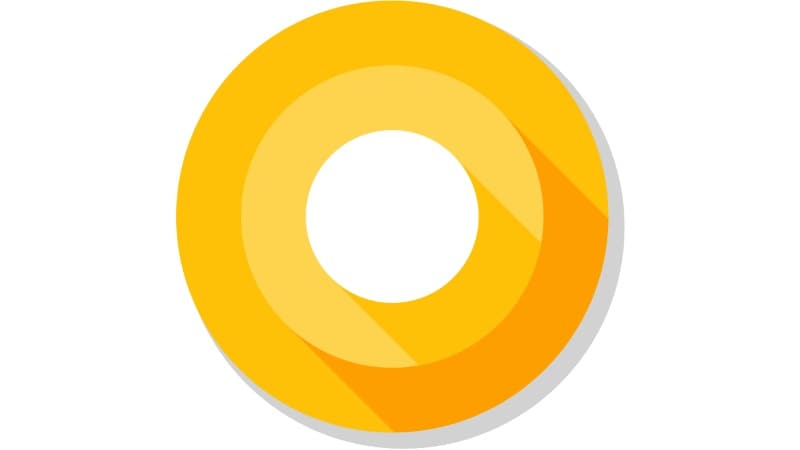
After the initial rumour, Google confirmed that the Android O will be revealed on August 21, the same day as the Great American Eclipse this year. Users of compatible smartphones have been using the preview versions for a few months, but now the final stable version is set to arrive on these phones.
Earlier this year, the tech giant outlined all the big features coming with Android 8.0.0, and four developer previews revealed more interesting tidbits as time progressed. Before the eclipse arrives, let’s take a comprehensive look at all the new features coming with Android O, its release time and event live stream details, possible names, and much more before all the official information is spilled in a few hours from now.
Android O event time, live stream
As mentioned, Android O is set to release alongside the Great American Solar Eclipse on August 21. The live stream is set to begin at 2.40 pm New York Time (Tuesday, 12.10am IST). You can watch the live stream of the Android O event here.
Android O release date and compatible mobiles
At the event, Google will finally announce the name of the dessert after which Android O is named, the first phones that will receive the final build update. A recent leak claimed that Android O will first arrive on Google Pixel, Google Pixel XL smartphones, and then soon after will be rolled out to other compatible devices like the Nexus 5X, Nexus 6P, Nexus Player, and Pixel C. The Nokia 8 is also expectedto get Android O as soon as it arrives, and it will be interesting to see how soon the final build is rolled out for HMD Global’s flagship as well. The Nokia 3, Nokia 5, and Nokia 6 will also get the Android O update. The OnePlus 3, 3T, and 5 will also get an Android O update, though, just when this will happen is not known. The Lenovo K8 Note was also promised to get an Android O update, as is the entire ZenFone 3 and ZenFone 4 series from Asus.
A large number of Sony Xperia smartphones are also rumoured to get the update, but notably, nothing has been officially announced by the company on this front. The Moto Z2 Force is also promised to get the Android O update, while other current-generation smartphones from the normally update-friendly brand should also receive the update soon after. We can expect current flagship smartphones from manufacturers like Samsung, HTC, BlackBerry, and LG to also receive the Android O update.
Once Android O is officially announced, you can expect other manufacturers to start sharing their Android O update rollout plan.
Android O name possibilities
As for the Android O name, a few predictions have been floating around. Many are hedging their bets on Android Oreo (Oatmeal Cookie, Octopus, and Orange are other contenders), and, a Google+ teaser posted earlier for the Android O announcement may have inadvertently confirmed this. Notably, the Eclipse page doesn’t appear to make any visible hints as to the name, beyond the word ‘sweet’ – reinforcing the plausibility of a continued dessert naming scheme. If true, this wouldn’t be the first time that Google has partnered with a major brand – it had associated with Nestle for Android 4.4 KitKat. This time around, it may tie up with Nabisco.
Android O new features
In the developer previews released so far, Android O is spotted to bring better battery life via tighter control on background limits for apps. It also brings a new Notification Channels framework giving more control to the user on how the notifications work on their phones. With Android O, apps will now have adaptive launcher icons that can display a variety of shapes depending on the device. For example, a launcher icon can display using a circular shape on one OEM device, and display a squircle on another device. The system also has the ability to animate interactions with the icons and these can be used in shortcuts, Settings, sharing dialogue and in the overview screen, besides the launcher.
In Android O, Google is adding platform support for autofill apps. In a similar way one selects a keyboard to use, you’ll soon be able to pick an autofill app that the system will default to. The new Autofill Framework will manage the communication between the app and an autofill service.
Picture-in-picture (PIP) mode is also coming to other Android devices with the O update. This is most useful for video playback as the app will now be able to put themselves in PIP mode and you can specify the aspect ratio and type of controls (like play/pause) you want the app to have in this state. Other than this, there’s a new app overlay window and multi-display support for launching an app on a remote display.
There’s a new Smart Text Selection feature that improves copy and paste through the help of machine learning, which can now recognise contexts on the screen such as an address and will be able to copy the whole thing with a double tap. It will also be able to bring up Maps when you do to navigate to the address. Android O Notification Dots is a new way for developers to notify users about activity on the app, driving engagement.
With Android O, Google is bringing a whole new design for its emojis – one that is more compatible with other platforms and has more tonal colour for a fun modern look. More importantly, the blobs are killed off, and more circular shaped emojis – similar to iOS – will be introduced. Also, with Android O, you can choose to pause a particularly large system update and resume it later as per your convenience.
Furthermore, Android O also brings high-resolution audio support, alongside the new native AAudio API. New connectivity features like Wi-Fi Aware are also being added, along with improved keyboard navigation, and enhanced WebView. Android O now supports several new Java Language APIs, including the new java.time API. The Android Runtime is said to be much faster than before, with improvements of up to 2x on some application benchmarks.
[“Source-gadgets.ndtv”]

